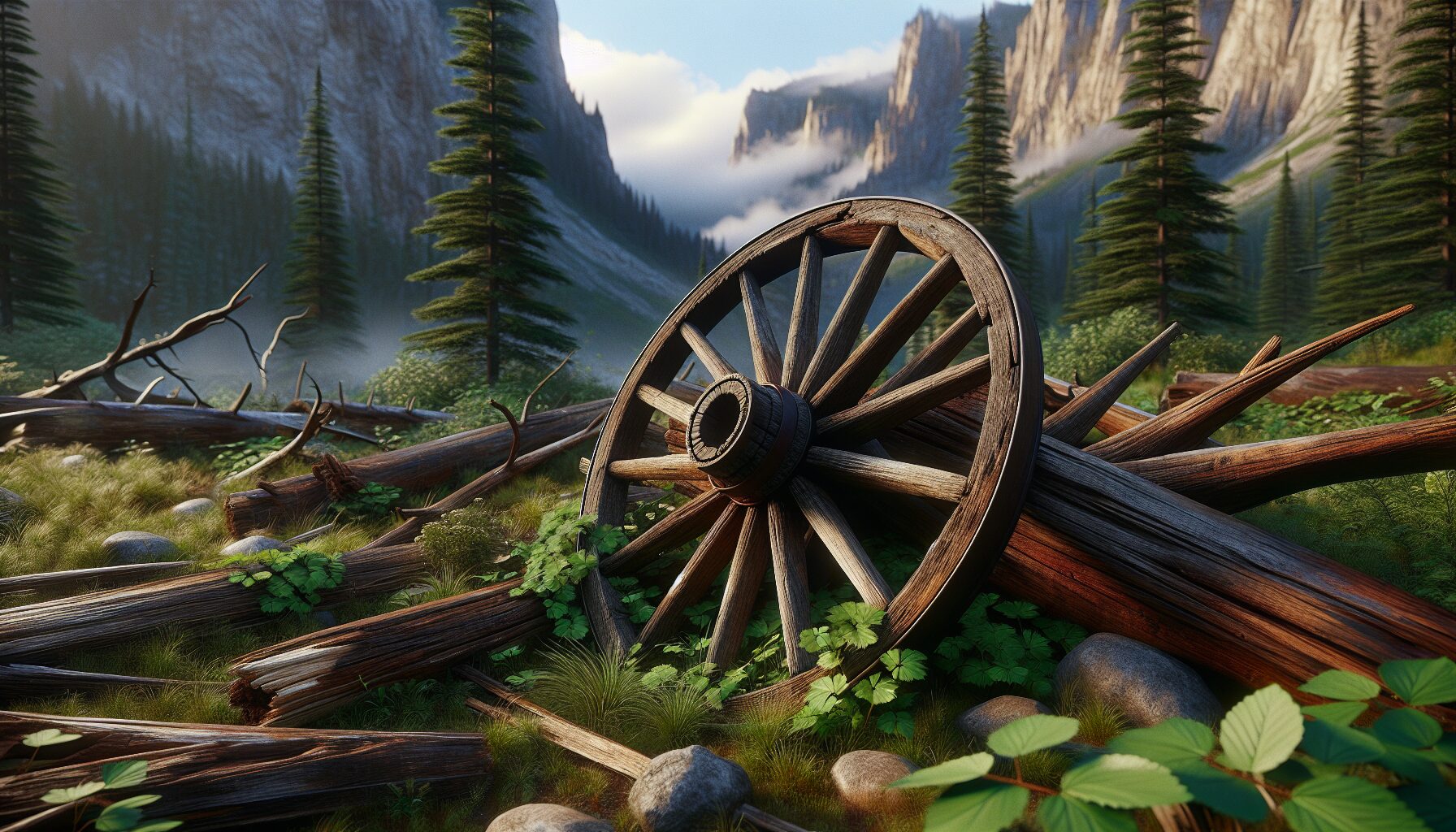The Wheel and the Wilderness: A Journey Through Time
Humanity’s history is punctuated by significant innovations, with the wheel being one of the most transformative. Just as the wheel revolutionized human mobility and industry, our relationship with the wilderness has shaped our understanding of the world and our place within it. From ancient times, the wheel and the wilderness have influenced human societies, providing a perfect juxtaposition of human innovation and nature’s vastness.
The Ancient Origins of the Wheel
The invention of the wheel is often cited as a turning point in human history. According to Smithsonian Magazine, the oldest known wheel dates back to around 3500 B.C. in Mesopotamia. This simple device allowed humans to transport goods more efficiently, leading to the emergence of trade networks and urbanization. It was an invention that quite literally set the wheels of civilization in motion.
“The wheel’s importance is difficult to measure, but its simple design has sparked complex advancements in technology, economy, and culture.” – Smithsonian Magazine
Nature’s Unyielding Majesty
While the wheel helped domesticate the environment, the wilderness retained its formidable presence in human consciousness. Wild landscapes have traditionally been viewed both as adversaries and sacred refuges. The Romantic era saw an aesthetic and philosophical shift, embracing the sublime beauty and terror of untouched nature.
“In wildness is the preservation of the world.” – Henry David Thoreau, Walking
The duality of the wheel and the wilderness invites reflection on how progress and preservation can coexist. From Thoreau’s time to our modern era, these reflections have led to movements aimed at sustainability and conservation, recognizing the importance of maintaining ecological balance.
The Modern Intersection
In the 21st century, our relation to the wheel and the wilderness continues to evolve. The burgeoning industry of off-road vehicles exemplifies how humans seek to merge technological advances with an enduring desire to explore nature’s expansive terrains. Yet, this also poses challenges in terms of environmental impact and sustainability.
- Environmental Impact: Increased vehicle access to remote areas threatens fragile ecosystems.
- Technological Innovation: Electric and hybrid off-roaders are being developed to minimize environmental footprints.
- Conservation Efforts: Balancing technological advances with conservation is a key focus for future developments.
As we venture further into the future, the enduring relationship between the wheel and the wilderness encourages us to consider how innovation can complement, rather than conflict with, the natural world. The wheel may have rolled us forward, but it is the wilderness that reminds us of where we came from and the beauty of the world that sustains us.
